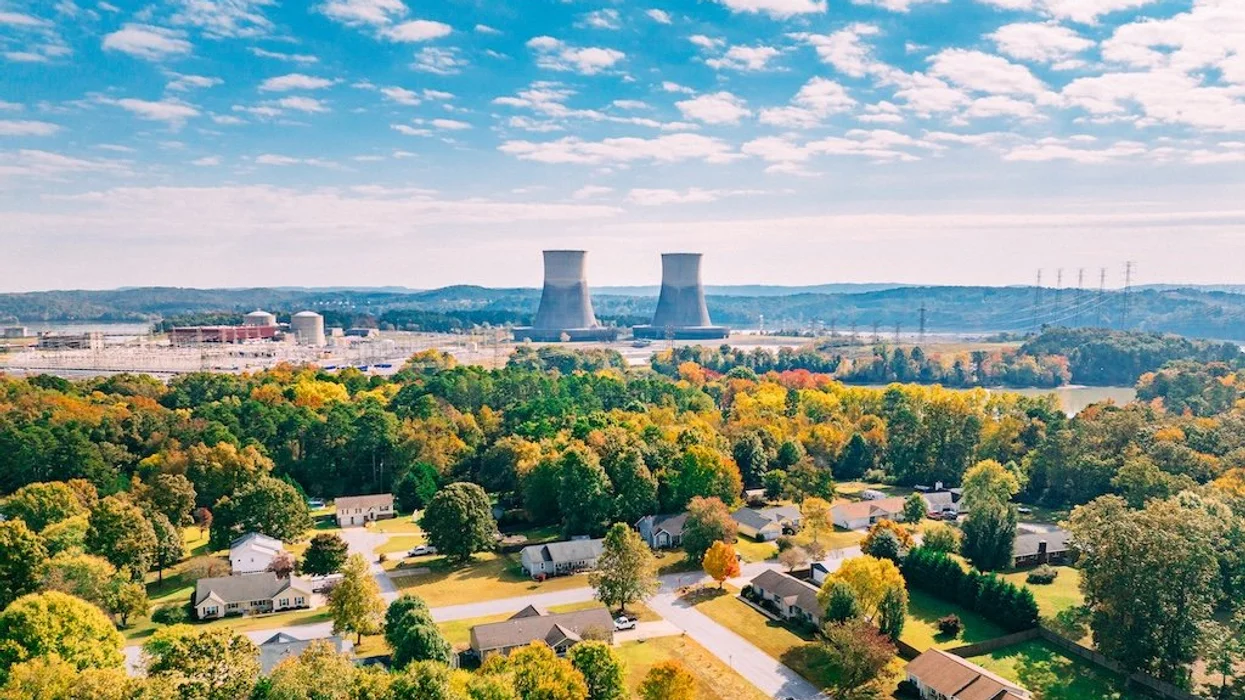© 2025 Blaze Media LLC. All rights reserved.
Who Could Soon be the Leader in Energy Production? Hint: It's Not the Middle East
August 16, 2011
"The reasons for this shift are partly technological and partly political.”
After a busy weekend, 2012 presidential politics have clearly come into focus. Like most national elections, the call for America's energy independence will sooner or later return as a popular talking point and political platform. But an article in the upcoming September/October edition of Foreign Policy magazine challenges the negative energy outlook for the Americas which analysts have projected for the last two decades, and asserts that, thanks to technology advances, political unrest abroad, and booming production at home, the Americas have stripped the title of the world’s global energy supply center from the Middle East once again.
“By the 2020s, the capital of energy will likely have shifted back to the Western Hemisphere, where it was prior to the ascendancy of Middle Eastern megasuppliers such as Saudi Arabia and Kuwait in the 1960s. The reasons for this shift are partly technological and partly political.”
Amy Meyers Jaffe points out that thanks to technological innovations like horizontal drilling, shale gas production in the U.S. has skyrocketed. For a U.S. natural gas industry once in decline suppliers are now in search for potential buyers thanks to a product surplus. Oil drilling is seeing resurgence as well, according to Foreign Policy:
“Oil production from shale rock, a technically complex process of squeezing hydrocarbons from sedimentary deposits, is just beginning. But analysts are predicting production of as much as 1.5 million barrels a day in the next few years from resources beneath the Great Plains and Texas alone, the equivalent of 8 percent of current U.S. oil consumption. The development raises the question of what else the U.S. energy industry might accomplish if prices remain high and technology continues to advance. Rising recovery rates from old wells, for example, could also stem previous declines. On top of all this, analysts expect an additional 1 to 2 million barrels a day from the Gulf of Mexico now that drilling is resuming. Peak oil? Not anytime soon.”
Brad Kane of the Hartford Business Journal writes on the shale bubble and its effect on energy independence:
"As shale gas becomes more prevalent through 2035 and makes up 46 percent of the American supply, EIA predicts our reliance on foreign countries for natural gas will dwindle from 11 percent to 1 percent.That prediction is based, though, on robust returns from shale gas.
The No. 1 exporter of natural gas in the world is the Middle East country of Qatar."
Jaffe points out that like the U.S., similarly bolstering stats in oil production have grown in Canada and Brazil. While regime change may bring democratic freedom to parts of an oppressed region, history dictates declines in Middle East oil production during times of political turnover.
With energy sources in the Middle East possibly less accessible in the future and booming production from natural resources in the Western Hemisphere, many would argue that this is an ideal time to "Drill Baby, Drill!"
Want to leave a tip?
We answer to you. Help keep our content free of advertisers and big tech censorship by leaving a tip today.
Want to join the conversation?
Already a subscriber?
more stories
Sign up for the Blaze newsletter
By signing up, you agree to our Privacy Policy and Terms of Use, and agree to receive content that may sometimes include advertisements. You may opt out at any time.
Related Content
© 2025 Blaze Media LLC. All rights reserved.
Get the stories that matter most delivered directly to your inbox.
By signing up, you agree to our Privacy Policy and Terms of Use, and agree to receive content that may sometimes include advertisements. You may opt out at any time.






